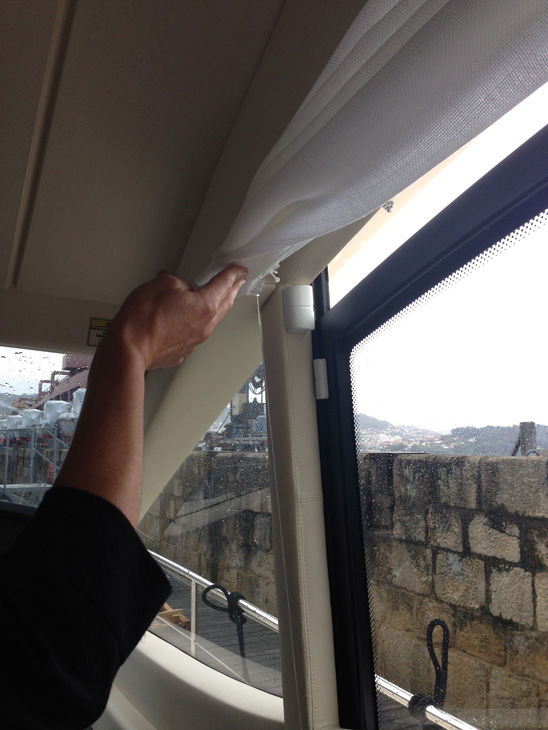
Issue #: 157
Published: January / February 2018
- Price per issue - digital : 6.50€Digital magazine
- Price per issue - print : 8.90€Print magazine
- Access to Multihulls World digital archives Digital archives
Our boats are becoming ever more equipped, more complex and for some of us they have even become our homes. So why not equip them with a system that monitors and alerts us in case of failures or problems? New alarm systems perform very well and are relatively easy to use.
When you close up your boat, multiple checks are necessary: whether the anchor is holding, ventilation, electricity, bilge pumps, etc... then you disembark and leave the boat... all alone! With the advent of GPS, internet and smartphones, remote monitoring systems have emerged. Watchingman, Yacht Sentinel, Yacht Safe and Siren Marine, among others, offer geo-location and the ability to check your boat from your computer, tablet or smartphone from anywhere you have an internet connection. With an app or on a site, you have access to the various watch and alert functions that you can set according to your needs. These systems have several levels of operation. In the basic apps we find the essential functions such as: The GPS position of the boat and its course, an alert if the boat leaves the radius of its anchoring area and an alert for the level of the batteries. Then different formulas and options are possible with additional sensors that can be installed as required. The system will react and warn you, just as if a crew member had stayed on board.
These kits consist of a GPS central unit (a box of a few cm²) and sensors to distribute about the boat. The box that contains an already-integrated SIM card, plugs into the battery bank. From the moment it is activated, it can transmit the position and the course of the boat, the level of the batteries, and three or four other types of information depending on the model. It forms the interface with the sensors and sends the information to your device (phone or pc) via the phone network. To avoid any nasty surprises, an annual fee is predefined. The first year, it is included in the purchase price, then a package from €50 to €150 takes effect. The box cannot be placed under any thick metal, as this can reduce cellular reception. The very low consumption (20 to 30 mA) makes it possible to operate for months in standby mode and a few weeks if the signals are uninterrupted. The different sensors are wireless and have a battery. Depending on the system, you can put up to fifteen in the boat. It can be put on doors or hatches to detect their opening; infrared ones detect motion and thermal changes in cabins and engine compartments indicating abnormal temperature, and a sensor in the bilge can detect rising water... An alarm can be installed, connected and configured so it can alert the vicinity of the problem on board. Finally with some models, 2 or 3 connections are free to remotely activate switches on the selected equipment. Installation is quite straightforward for any competent DIY-er, but for a more advanced installation on your switch panel it would be better to call on the services of a professional.
Once the installation of the central unit and sensors is complete, the next step is to connect to the site or the app on your mobile and create an account. The apps are very intuitive. In practice you can access several ...
What readers think
Post a comment
No comments to show.